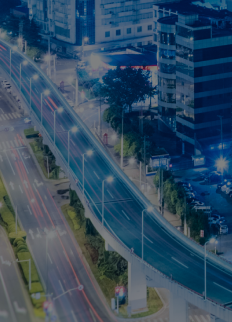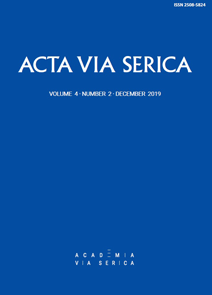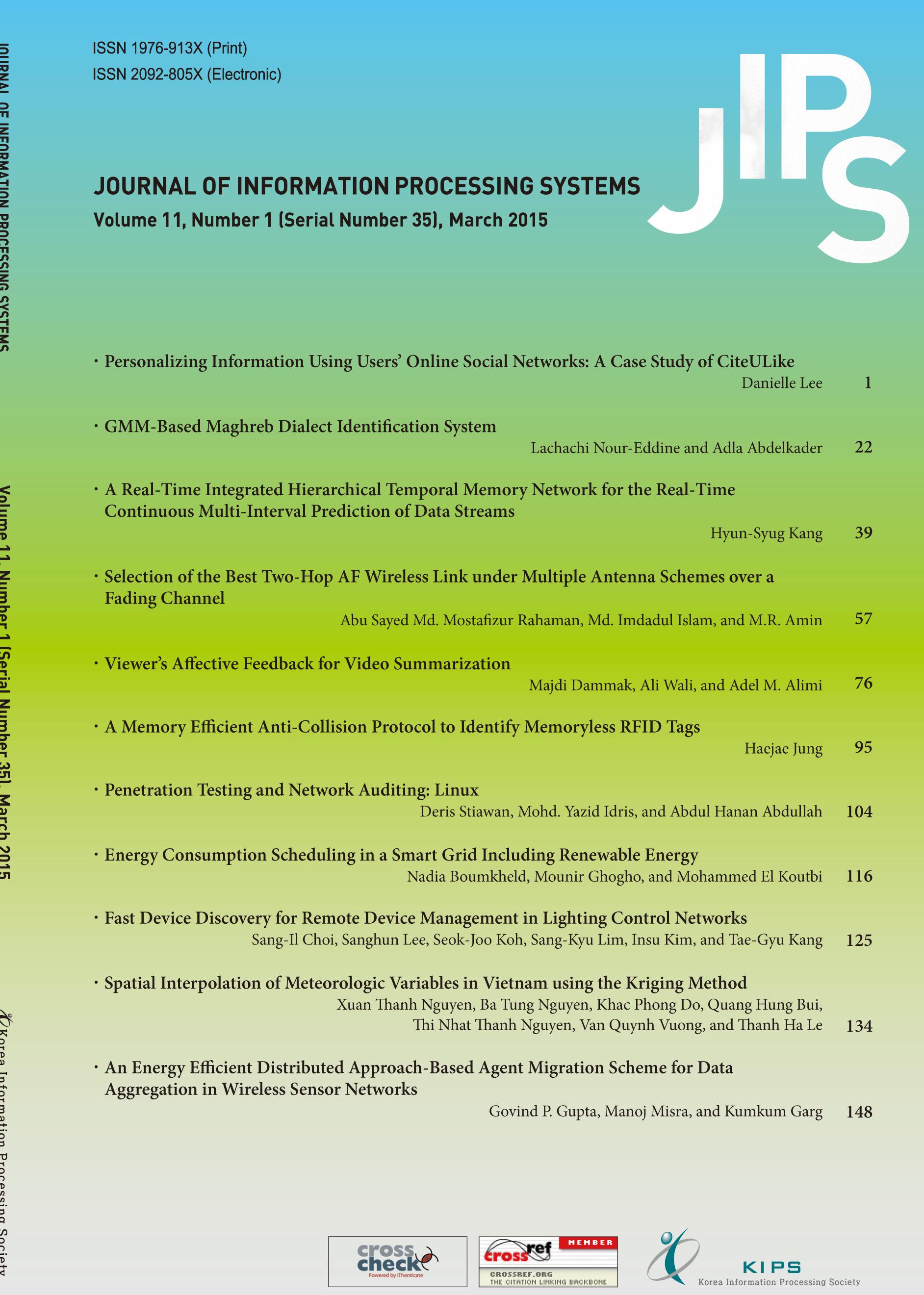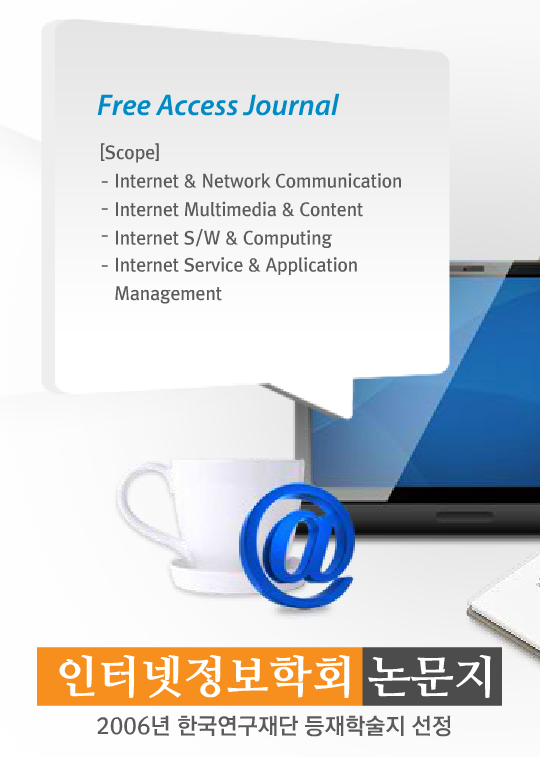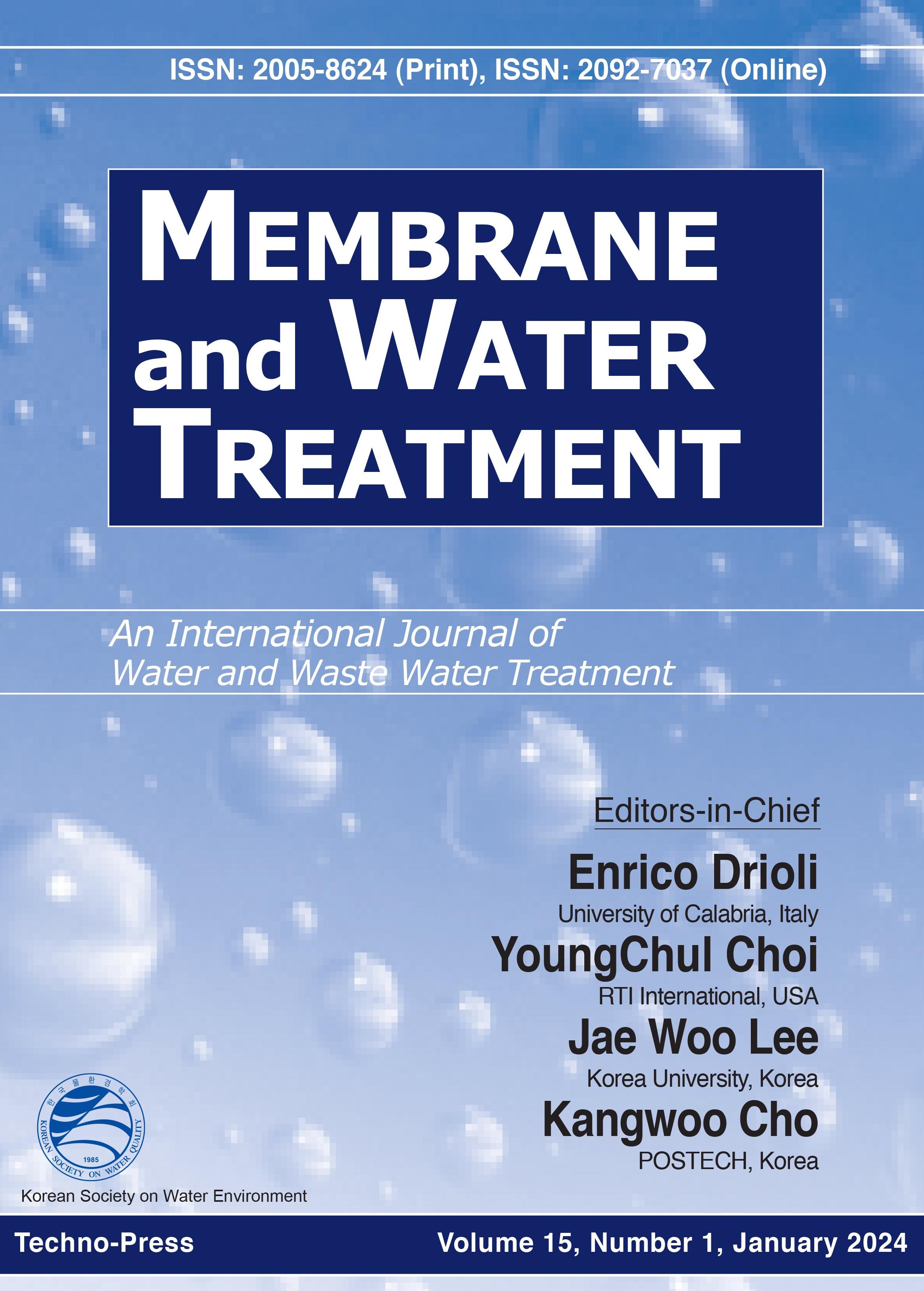Book: Deep Learning for Internet of Things Infrastructure
Book_DL_IoT 2020
- URL: https://sites.google.com/view/dl-for-iot
- Event Date: ~
- Abstract Submission Date: 2020-02-15
- Submission Date: 2020-05-20
Computer Networks & Wireless Communication
Book TITLE: Deep Learning for Internet of Things Infrastructure
To be published by CRC Press, USA
URL: https://sites.google.com/view/dl-for-iot
Overview
Internet of Things (IoT) is an interconnection of several devices, networks, technologies and human resources to achieve a common goal. There is a variety of IoT based applications that are being used in different sectors and have succeeded in providing huge benefits to the users. Data Analytics (DA) is defined as a process which is used to examine big and small data sets with varying data properties to extract meaningful conclusions from these data sets. Data Analytics has a significant role to play in the growth and success of IoT applications and investments. The utilization of data analytics shall, therefore, be promoted in the area of IoT to gain improved revenues, competitive gain, and customer engagement. In recent years, Deep Learning approaches have emerged as powerful computational models and have shown significant success to deal with a massive amount of data in unsupervised settings. Deep learning is revolutionizing because it offers an effective way of learning representation and allows the system to learn features automatically from data without the need of explicitly designing them. With the emerging technologies on the Internet of Things, wearable devices, cloud computing and data analytics offer the potential of acquiring and processing tremendous amount of data from the physical world. Promising computing paradigms and advanced technologies (e.g., Smart home or city) relating to context awareness systems, activity recognition, distributed smart sensing, heterogeneous big data analytics, and deep learning, etc., have been increasingly developed and integrated into this IoT systems in order to make IoT a reality.
Topics of Interest
This edited book solicits contributions from the field of IoT Data analytics using deep learning.
Each book chapter should cover the solutions with the state-of-the-art and novel approaches for the IoT problems and challenges in Deep learning perspectives.
Topics to be discussed in this edited book include but not are limited to:
Introduction to Deep learning and IoT
Recent trends and advances in DL based IoT
Heterogeneous Big data analytics for edge/fog Computing
Novel Network Structures and System Design for DL enabled IoT
Deep Learning architecture for IoT security
Deep Learning experiments, test-beds and prototyping systems for IoT security
Context-Aware Deep Learning based approaches for IoT
Data confidentiality, Trust and privacy in DL enabled IoT Applications
Analysis of Network Dynamics in IoT (this belongs to only IoT)
Authentication and access control for data usage in IoT (this belongs to only IoT)
Data mining and statistical modelling for the secure IoT
User Interface design and implementation for DL enabled IoT
User Interface design and evaluation for DL enabled IoT
IoT/big data visualization techniques and application of DL
Activity recognition in a smart home/city using deep learning
Important Dates
Proposal Submission Deadline: February 15, 2020
Notification of Proposal Acceptance: March 01, 2020
Draft of Full Chapter Submission: May 15, 2020
Notification for Corrections: June 01, 2020
Final Chapter Submission: June 30, 2020
Submission Instructions
Each manuscript should be written in a tutorial manner with enough details so that it can be easily accessible to the readers outside the specialty of the area.
Expected manuscript length is between 7,000 to 12,000 words. Longer manuscripts may be allowed based on the topic and need.
Manuscripts submitted for the book must be original, must not be previously published or currently under review anywhere.
The manuscript must be prepared with proper format using MS-Office (doc or docx) or LaTex.
Kindly do not use any special formatting or macro for the submission version, doc or docx file.
General Guideline
Use A4 page with 1 inch (or, 2.54 cm) margin on all sides, single column format, 1.5 line spacing with 10 point sized font, Times New Roman.
References should be cited within the text with numbers in sequence like [1], [2], [3], ....
An all-in-one PDF file may be submitted for the initial version.
If the chapter is accepted, formatting style provided by CRC Press must be followed and Editable files for text (Tex / MS-Office file (doc, docx)) must be supplied.
Proposal Submission
A chapter proposal (1-2 page including probable Table of Contents and Affiliation, Contacts) should be sent to the editors as soon as possible.
Submission Portal
https://easychair.org/my/conference?conf=crc_dl_iot-2019
Please create an account if you do not have one.
EDITORS
Uttam Ghosh, Vanderbilt University, Nashville, USA (ghosh.uttam@ieee.org)
Mamoun Alazab, Charles Darwin University, Australia (alazab.m@ieee.org)
Ali Kashif Bashir, Manchester Metropolitan University, UK (dr.alikashif.b@ieee.org)
Al-Sakib Khan Pathan, Southeast University, Bangladesh (spathan@ieee.org)




